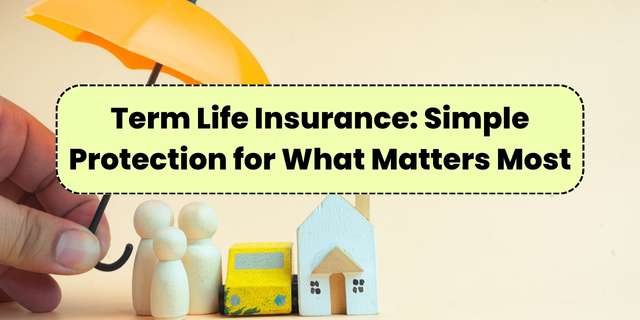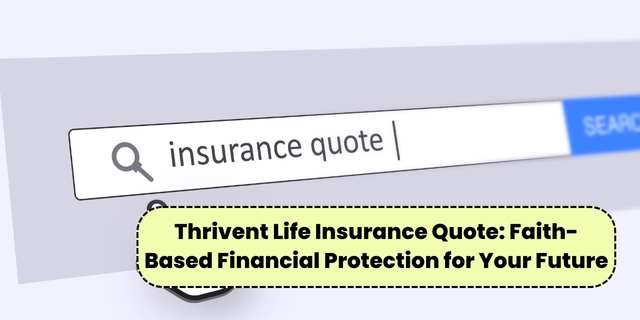If you’re dealing with unpaid taxes, you’re not alone. Every year, thousands of individuals face the stress of owing money to the IRS. The good news is, there’s help available through the IRS tax debt relief program. This government-backed initiative is designed to support those who can’t afford to pay their full tax bill. Whether your debt is large or small, understanding your options could save you from serious financial trouble.
The IRS doesn’t want to punish honest taxpayers facing temporary hardship. Instead, they offer relief solutions that allow you to get back on track. Knowing how these programs work can be the difference between financial recovery and long-term debt pressure.
What Is the IRS Tax Debt Relief Program?
The IRS tax debt relief program is a set of structured options provided by the IRS to help taxpayers who are unable to pay their owed taxes in full. These programs are intended to provide a manageable way for individuals and businesses to meet their tax obligations without falling deeper into debt.
Rather than using aggressive collection tactics immediately, the IRS offers solutions that range from extended payment plans to partial debt forgiveness. The main goal is to recover owed taxes in a way that also considers the taxpayer’s current financial capability.
Who Can Apply for Tax Debt Relief?
Eligibility for these programs depends on your financial situation, the total amount owed, and whether you have filed all required tax returns. The IRS looks at your income, expenses, assets, and liabilities to determine which program fits your case. If your financial hardship is genuine and you’re willing to work with the IRS, you’re more likely to qualify.
It’s important to note that tax debt relief is not only for people with massive debts. Even if you owe a moderate amount, if you can’t afford to pay it, the program may still be available to you. Taking action early increases your chances of being approved for relief.
Key Options Within the IRS Tax Debt Relief Program
There are several paths available under the IRS tax debt relief program. One of the most common is an Installment Agreement, where you agree to pay your tax debt in smaller monthly payments over time. This is ideal if your budget allows for gradual repayment.
Another option is the Offer in Compromise. This program allows you to settle your tax debt for less than the full amount, based on your financial hardship. The IRS evaluates your ability to pay and may accept a lower amount if they believe it’s all you can realistically afford.
For those facing extreme financial difficulty, the IRS may grant a status called Currently Not Collectible. This temporary measure halts collection activities until your financial situation improves. Additionally, you may qualify for penalty abatement if you have a history of compliance and a valid reason for falling behind.
Steps to Apply for Tax Relief
Applying for relief under the IRS tax debt relief program begins with ensuring all your past tax returns are filed. The IRS requires complete records before evaluating your eligibility. After that, you’ll need to gather documents that show your financial status—this includes income sources, housing expenses, utility bills, and any debts or obligations you have.
Once your financial information is ready, you can submit the appropriate form based on the relief option you’re applying for. The IRS offers both online and paper filing methods. The process can take time, and approval is not guaranteed, but providing accurate and complete details greatly improves your chances.
Why Acting Early Makes a Big Difference
Delaying action on tax debt can lead to serious consequences. The IRS has the authority to garnish wages, place liens on your property, and levy your bank accounts. However, by applying for the IRS tax debt relief program, you may temporarily pause these actions while your application is under review.
Taking early steps toward resolution can also prevent added penalties and interest from building up. More importantly, it gives you control over the situation rather than waiting for enforcement actions that can make your finances worse.
Common Myths About IRS Tax Debt Relief
One major myth is that applying for relief is only for those who are completely broke. In truth, the program is designed for a range of situations—from temporary hardship to long-term financial distress. Another misconception is that applying will trigger audits or attract negative attention. The IRS encourages taxpayers to resolve their issues and is more cooperative with those who communicate early.
Understanding these programs can help you avoid unnecessary fear and focus on solutions that work for your financial reality. Trustworthy information and honest action are your best tools.
Conclusion: Don’t Wait to Take Action
The IRS tax debt relief program offers more than just a way to manage back taxes—it provides hope and a clear path forward. If you’re struggling to pay your tax debt, this program is your chance to regain stability. The sooner you act, the more options you’ll have and the less stress you’ll face.
Start by learning which program fits your needs, gather your financial documents, and take that first step toward resolution. Tax debt doesn’t have to define your future. Relief is possible—if you take action today.














